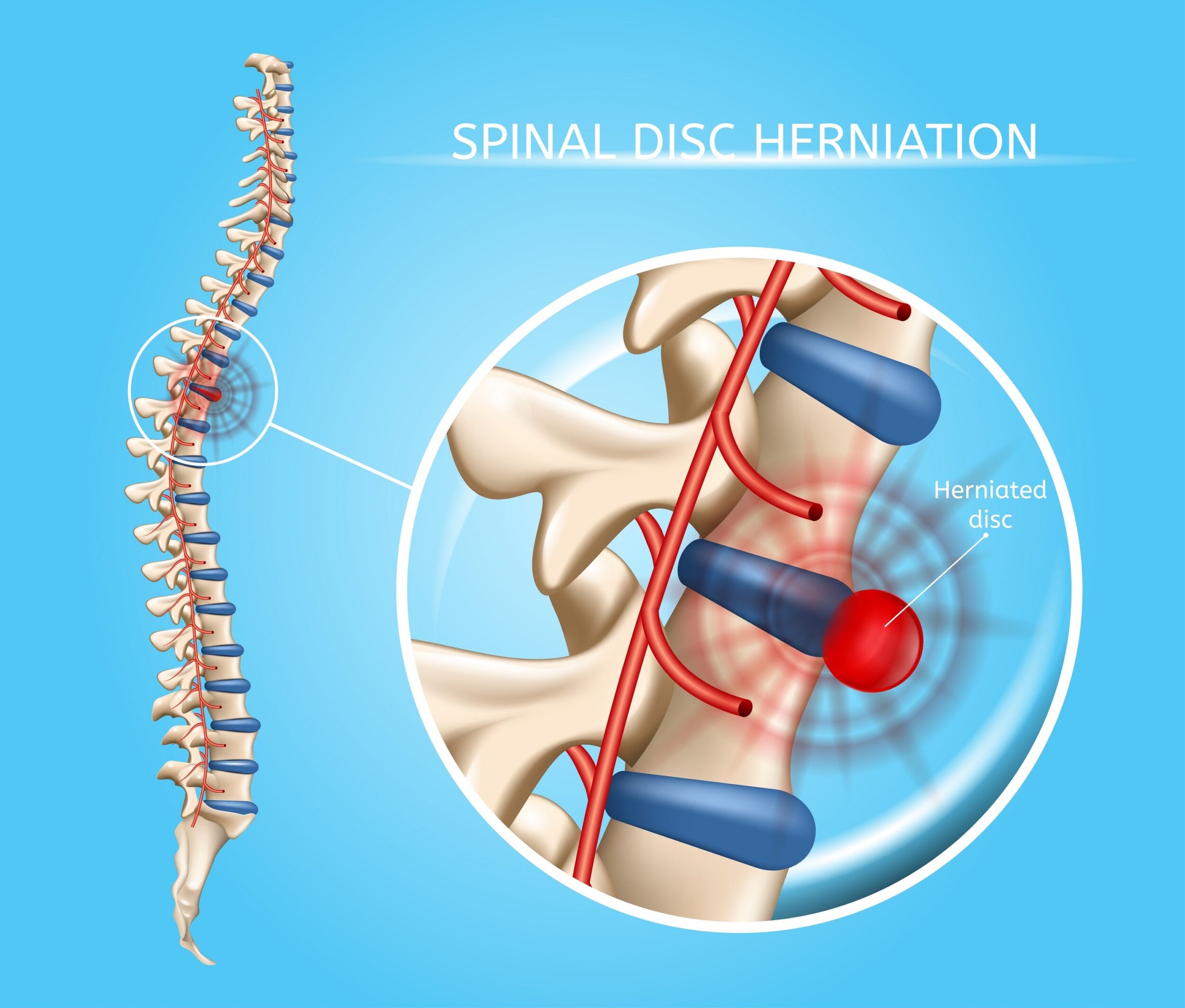Living with discomfort is an invasive journey, affecting not just physical health but also mental well-being. Grasping the connection between the two aspects is essential for effective discomfort relief. Discomfort is a complicated and subjective phenomenon, deeply shaped by both biological and mental aspects. This piece investigates into the multi-dimensional world of pain relief services and treatments, illuminating how psychological well-being plays a pivotal role in mitigating suffering and enhancing living standards.
From understanding the distinctions between short-term and long-term suffering to exploring various therapy options, we will provide a thorough manual to discomfort control. By looking at treatments that encompass somatic, emotional, and holistic methods, readers will learn how incorporating mental health practices—such as consciousness training, contemplation, and stress reduction—can strongly affect pain levels. Accompany us on this journey to discover how a integrated approach to pain relief can help people regain charge over their existence, empowering them to deal with the difficulties of pain with resilience and confidence.
Understanding Pain plus the Types
Pain is a complicated and personal experience that serves as a crucial indication showing potential harm to the body. It can arise from diverse causes, including wounds, sickness, or psychological factors. Comprehending pain entails acknowledging its complex nature, which is affected by the combination of bodily and emotional health. Successful pain treatment requires a holistic strategy that considers these different dimensions.
There are two primary types of discomfort: sharp and chronic. Acute discomfort typically happens suddenly and is often linked to a specific wound or sickness. It serves as a defensive function, prompting individuals to respond and avoid further harm. On the other hand, long-lasting discomfort lasts for longer periods, often extending beyond the usual recovery time. Long-lasting discomfort can arise from sharp pain or occur without an apparent cause, leading to major challenges in daily living and overall quality of life.
Various kinds of pain may require different treatment strategies. For instance, nociceptive pain results from injury, while neuropathic pain arises from injury. Each kind necessitates a targeted approach, whether through drugs, physiotherapy treatments, or alternative therapies. By identifying the traits of the discomfort being experienced, healthcare providers can create efficient, personalized care strategies customized to satisfy particular requirements.
Pain Management Strategies
Effective pain management requires a comprehensive approach, integrating various therapies and treatments tailored to specific needs. back pain doctor is the use of physical therapy, which emphasizes enhancing movement and strength while also lessening pain. Through physical activities, manual therapy, and modalities like heat or cold treatment, physical therapists develop tailored programs that enhance mobility and function, particularly in patients dealing with persistent pain disorders. Additionally, proper guidance from a physical therapist helps patients learn techniques to manage pain in daily activities, ultimately leading to improved quality of life.

Another essential component of pain management is the incorporation of complementary treatments, such as chiropractic care and massage therapy. Chiropractic adjustments can correct the spine and improve nervous system function, which may relieve back pain and headaches. Similarly, massage therapy helps reduce muscle tension and improve blood flow, promoting relaxation and pain relief. Both therapies focus on enhancing bodily function and promoting overall wellness, making them important options for those seeking non-pharmaceutical approaches to pain management.
In addition to direct therapies, the use of mindfulness and meditation techniques has gained recognition for its role in controlling pain. Practices such as mindfulness meditation allow individuals to cultivate awareness of their pain without judgment, mitigating the perception of pain intensity. This mental approach, coupled with physical treatments, can help patients to better cope with their conditions. Incorporating these strategies into a holistic pain management plan can lead to advancements in pain relief and improve overall mental health, demonstrating the interconnectedness of mind and body in managing pain effectively.
The Intersection of Mental Health and Pain Relief
Mental health plays a essential role in the experience of pain and its relief. People coping with mental health issues such as nervousness, sadness, or tension often report heightened vulnerability to pain. This relationship can create a negative feedback loop: pain worsens mental health struggles, and poor mental health can amplify the perception of pain. Understanding this link is crucial for effective pain management, as addressing psychological well-being can lead to improved outcomes in pain relief.
Several pain management treatments incorporate mental health strategies to improve efficacy. Techniques such as awareness and meditation have been shown to reduce perceived pain levels while promoting calmness and emotional resilience. CBT is another method that helps patients reframe their thoughts about pain, enabling them to cope more effectively and potentially reduce their pain sensations. Integrating these mental health therapies into pain management programs can offer a more holistic approach, addressing both physical and psychological aspects of pain.
Ultimately, recognizing the intersection of mental health and pain relief can significantly influence treatment strategies. Pain management clinics that offer specialized services often include psychological support as part of their comprehensive care. By fostering an environment where mental health is prioritized alongside physical treatments, patients can experience improved quality of life, better pain control, and improved overall well-being. This multifaceted approach underscores the importance of considering both mental and physical health in the journey toward effective pain management.
